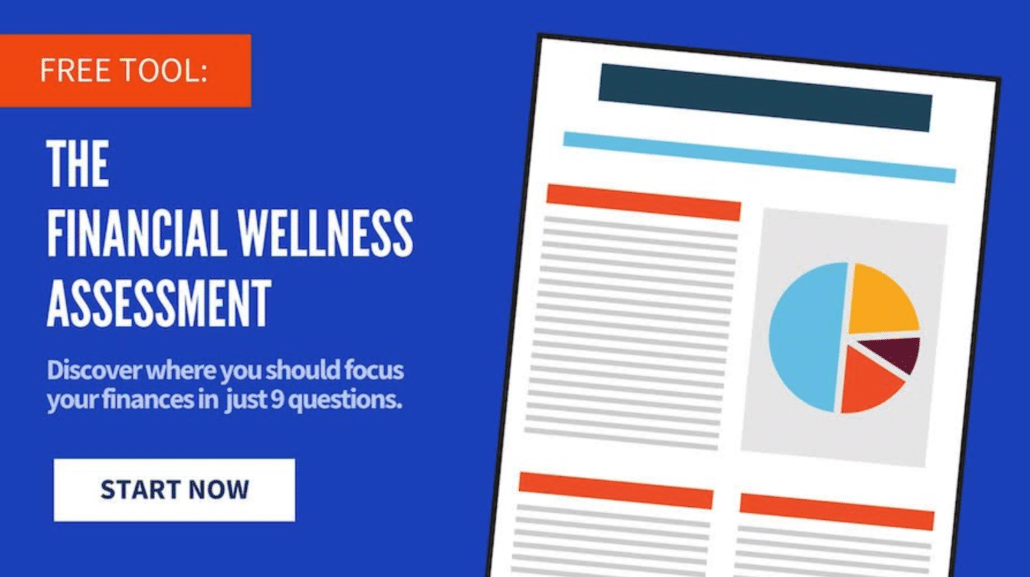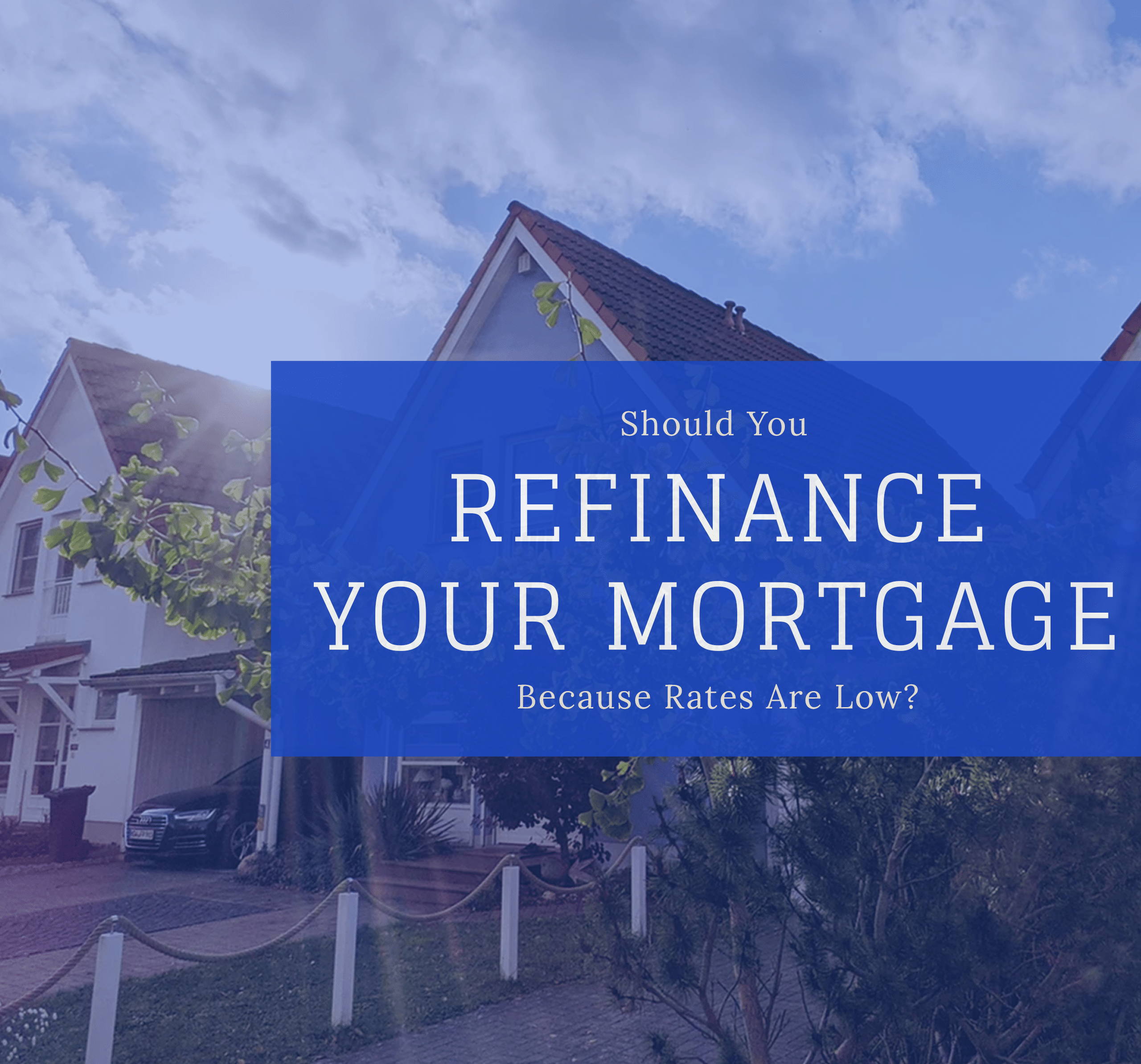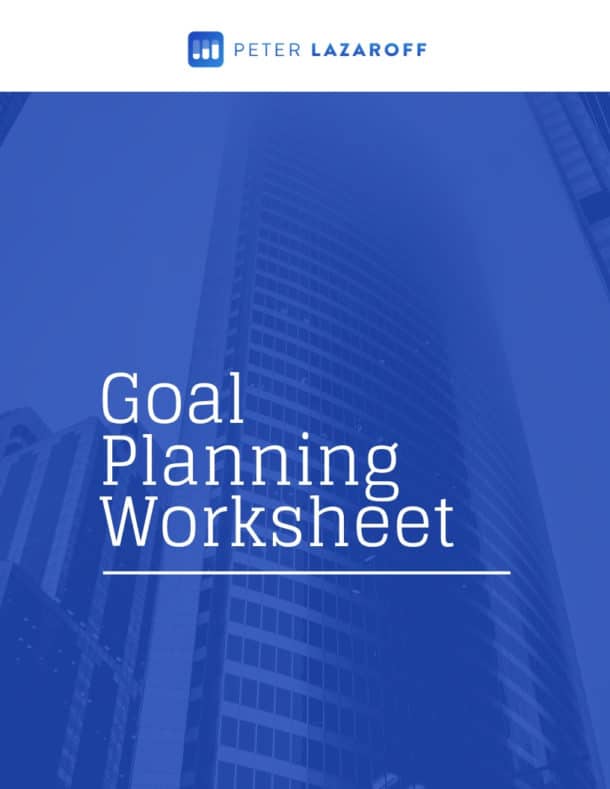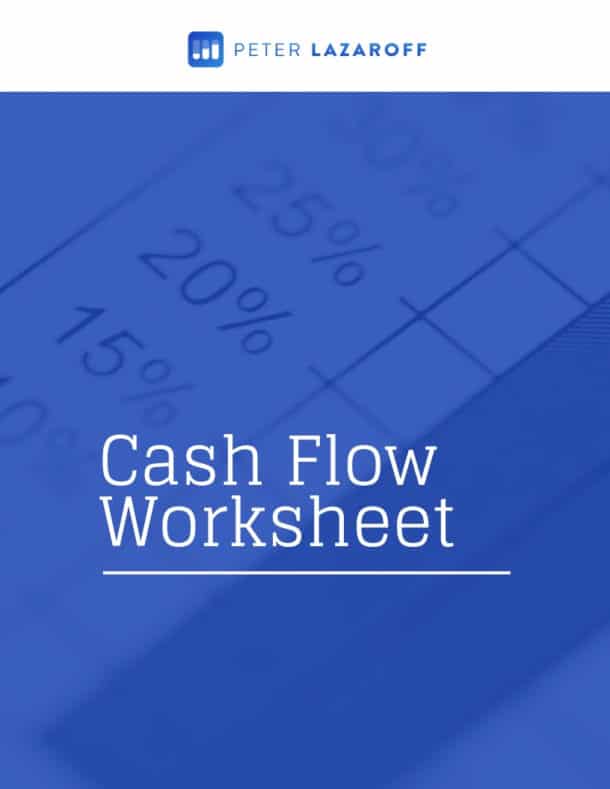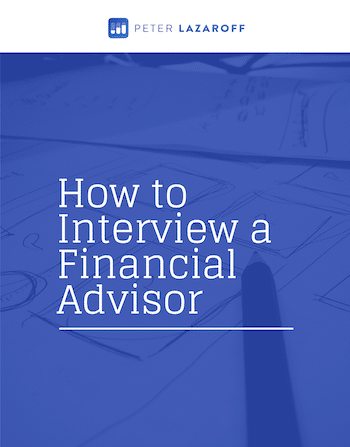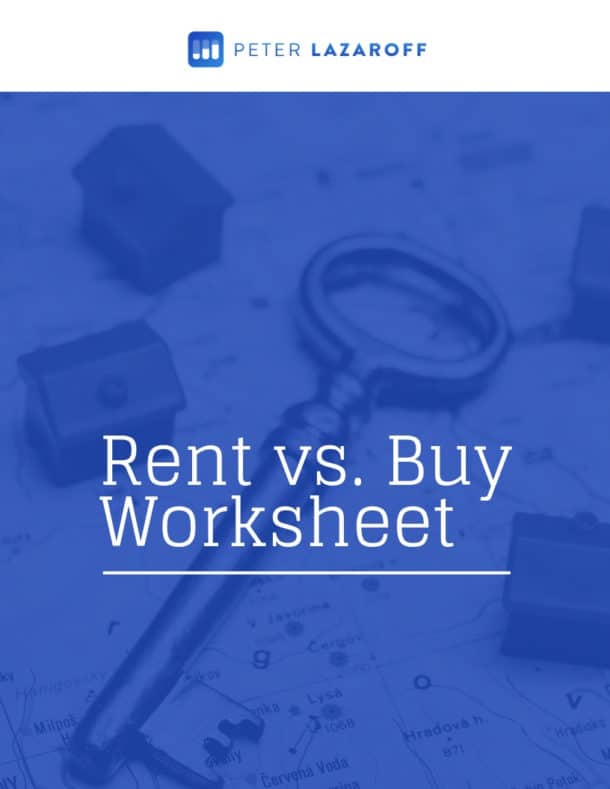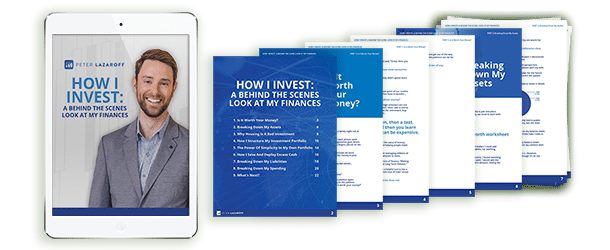With mortgage rates near historic lows, it seems like all anyone who owns a home talks about right now is refinancing. If you own, too, you might wonder: Is now the time to refinance your mortgage?
It’s certainly an option worth considering. If you can secure a lower interest rate, you may not only save money and reduce your monthly payment size, but you also build equity in your home at a much faster rate.
Of course, much depends on the specific terms of your refinance – and more homeowners would do well to remember that refinancing isn’t free. Lenders can roll fees into a loan balance to make it look like you pay nothing to refinance, but the process comes with all the same fees as your original mortgage.
Given the potential upsides and the negative tradeoffs, is now the time to refinance your mortgage? Despite the current interest rate environment, the answer isn’t always an obvious “yes.” Here’s what to consider with your decision.
Do the Math to Determine If a Mortgage Refinance Is Worth the Cost
Again, refinancing comes with costs: cost of appraisal, loan origination fees, recording fees, taxes, and so on. Some lenders require you to pay the fees up front, while others bake them into the loan in the form of a higher loan balance or higher interest rate.
There isn’t a right or wrong way to cover the fees, but you’ll want to crunch some numbers to ensure the monthly savings will be worth the expense, especially if you’re not planning to stay in the home long-term.
Start by subtracting your expected monthly payment from what you currently pay — which is what you would save per month. Then add the total cost of the fees. Finally, divide that total by the monthly savings.
The result tells you where you’ll breakeven, or how many months you need to stay in the home to make up the cost of refinancing.
If, for example, your breakeven number is 18, it will take you 18 months before you’ve recouped your refinancing costs. Only after that 18-month period will you actually start realizing the savings.
A good rule of thumb to use to determine if a breakeven period is reasonable is to keep total costs divided by the monthly savings to 24 or less. It should take no more than two years for you to break–even on a refinancing.
If you aren’t planning on living in your home for at least as long as it takes to breakeven, then it would be better to keep the original loan rather than refinancing.
You May Need More Than a Lower Interest Rate
Depending on who you ask, you may hear it only makes sense to refinance if you can reduce the interest rate on the loan by 1-2%. Others say 0.50% is all that’s necessary for a long-term homeowner to make refinancing worthwhile.
What these rules of thumb ignore, however, is where you are in your loan. Refinancing restarts the clock on your payment term.
If you aren’t reducing your interest rate enough or you’ve already paid your mortgage for 10 or more years, you risk actually increasing the lifetime interest you’ll pay even if your refinance scored you a percentage point or two beneath your current interest rate.
For example, if you have 25 years left on a 30-year mortgage and you refinance into another 30-year loan, you’ve just added another five years to the time it will take to pay off your mortgage. The further along you are into your mortgage, the more in interest savings you’d need to realize in exchange for extending the amount of time it will take you to pay off your mortgage.
A Mortgage Refinance Can Help You Get Rid of Debt, Faster
If your main goal is to reduce the amount of debt you owe,refinancing to a shorter-term loan is an easy way to speed up the process of paying down your mortgage. A 15-year fixed rate loan naturally charges the borrower a lower rate of interest, which further reduces the lifetime interest you will pay.
Going this route, however, does not provide you with the benefits of a lower monthly payment that many people want when considering a refinance. In fact, refinancing to a 15-year term means the opposite: you’ll take on much higher monthly payments than you’d pay on a 30-year mortgage.
Some people want to switch to a 15-year because their income has risen enough since taking out their initial mortgage that the higher monthly payments seem affordable. Others might seek out a 15-year mortgage because, again, being debt-free is a big priority.
But in both cases, refinancing might not be the only (or best) solution. Instead of refinancing to a new loan, you could make larger monthly payments on your existing loan so that you pay it off in 15 years. This would save you the cost and time of refinancing.
If refinancing might make sense because you can move to a lower interest rate, look at both 15- and 30-year options. If the rate on either will save you money over your current loan, you might consider the additional flexibility that a 30-year mortgage payment offers.
You can always take out the 30-year loan and make additional monthly principal payments such that you will be on schedule to pay off the balance after 15 years, while maintaining the flexibility to redirect some of those monthly payments elsewhere.
Perhaps you end up having another child or want to increase your monthly contributions to an investment account – whatever the reason, a 30-year loan offers more flexibility even if you can afford the 15-year mortgage.
A completely different consideration for accelerating your overall debt repayment is doing a cash-out refinance to pay off higher interest rate debt. A cash-out refinance offers the opportunity to borrow additional money against the value of a home, which you can then use as you see fit.
Before going this route, understand it could increase your monthly mortgage payments, even with the current low-interest rates. Don’t take this option if you aren’t committed to keeping high-rate debt under control; you’ll find yourself in the same position again and again.
Other Reasons to Consider a Mortgage Refinance: ARMs and PMI
Refinancing might also make sense for you if you bought your home with an adjustable-rate mortgage. Adjustable-rate mortgages (ARMs) often provide lower initial interest rates and monthly payments than fixed-rate mortgages, but as the name implies, the rate on the loan adjusts over time.
As soon as that initial fixed-rate period ends, the borrower’s mortgage payments will increase if current interest rates are on the rise. Refinancing to a fixed rate mortgage removes future risk and should outweigh the refinancing calculation introduced before.
It’s not uncommon for borrowers to be offered an opportunity to refinance into another ARM as they are approaching the end of their lower interest rates, but it’s usually cheaper (in terms of lifetime interest payments) to get into a fixed-rate loan if you can afford to do so.
Another major reason to refinance is if it gives you the opportunity to drop private mortgage insurance, or PMI. If you put down less than 20% on your conventional loan when you bought your home, you probably pay a monthly fee for PMI.
But once you build up more than 20% equity or the value of your home has risen such that your equity stake no longer requires PMI, refinancing to eliminate that additional expense each month could be worthwhile.
The one big exception is if you plan on selling your home in the next few years. In that case, you’re back to what the break-even math tells you to do, as the expense associated with refinancing can be too much to offset the monthly savings benefit.
If you think you have enough equity to allow you to drop PMI but the cost of a refinance doesn’t make sense, consider asking the bank for a reappraisal instead. This often costs less than a refinance and will still allow your lender to determine if the principal balance is low enough relative to the property’s value to eliminate PMI.
If You Can’t (or Shouldn’t) Refinance, You Still Have Options
If now’s not the time to refinance, you might consider an intrafamily loan. With this funding option, a parent or grandparent provides the funds necessary to purchase a home outright, thereby lowering the monthly costs often associated with a conventional mortgage.
The IRS provides the applicable federal rate (AFR) for which the interest charged must at least meet to ensure the IRS doesn’t view the loan as a gift subject to taxes. Interest rates are presented in three tiers, but most people using an intrafamily loan to refinance a mortgage will look to the long-term rate that covers loans of nine years or more.
Another possibility is seeking a loan modification, which is an agreement between you and your mortgage lender to change the original terms of your mortgage. This can be a good option if you are ineligible to refinance or have a unique circumstance with your property that makes a traditional refinancing process challenging.
Loan modifications aren’t costless transactions, but they are usually far cheaper than the closing costs of a full refinancing. They also offer the potential for greater flexibility such as maintaining your remaining term or changing from an ARM to a fixed rate.
Saving money is always a good reason to refinance a mortgage — but it isn’t the only factor to consider or reason to look at refinancing.
Even if interest rates aren’t as low as a month ago, a refinance can get rid of PMI, help you pay down debt, and keep you from paying higher mortgage payments after the fixed-rate period ends with an ARM.
It’s all a numbers game, so take the time to calculate and consider whether refinancing makes sense for you at this point in time.
If you need help tackling decisions like “Should I Refinance My Mortgage?” and want a clear, professional perspective for financial life, schedule a 15-minute call with me. These are the complex financial decisions, I can help you make with clarity and confidence.
…
RESOURCE: Do you want to make smart decisions with your money? Discover your biggest opportunities in just 9 questions with my Financial Wellness Assessment.
